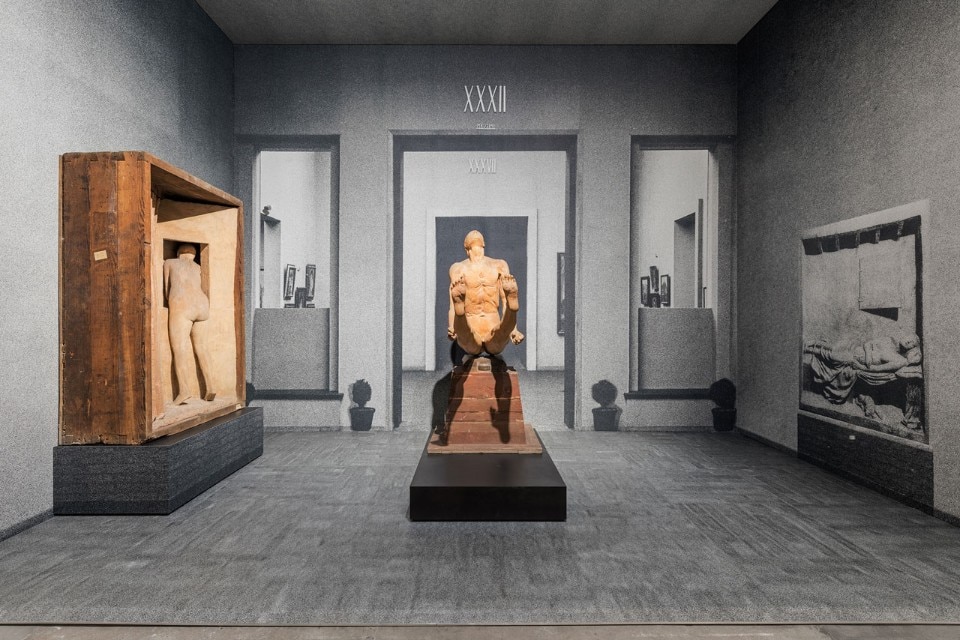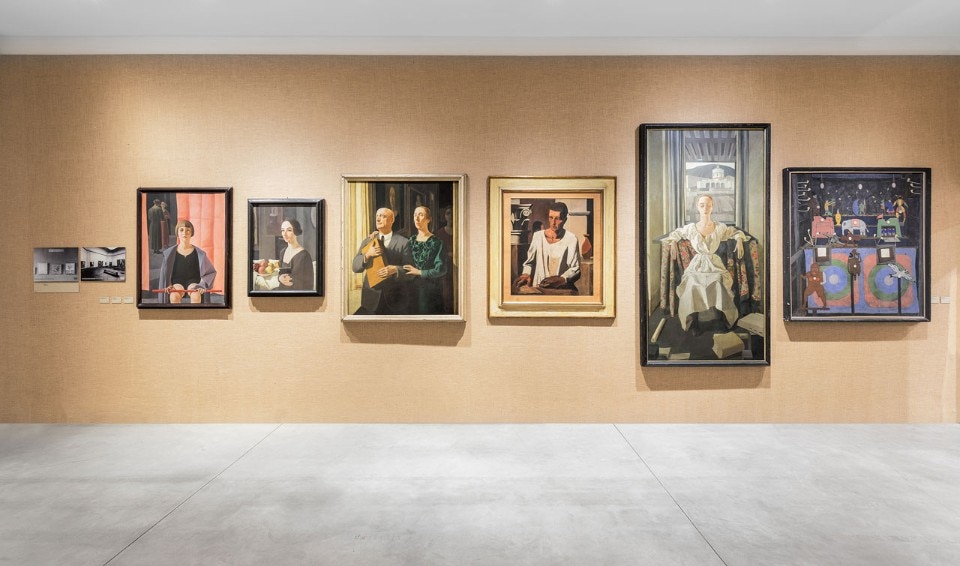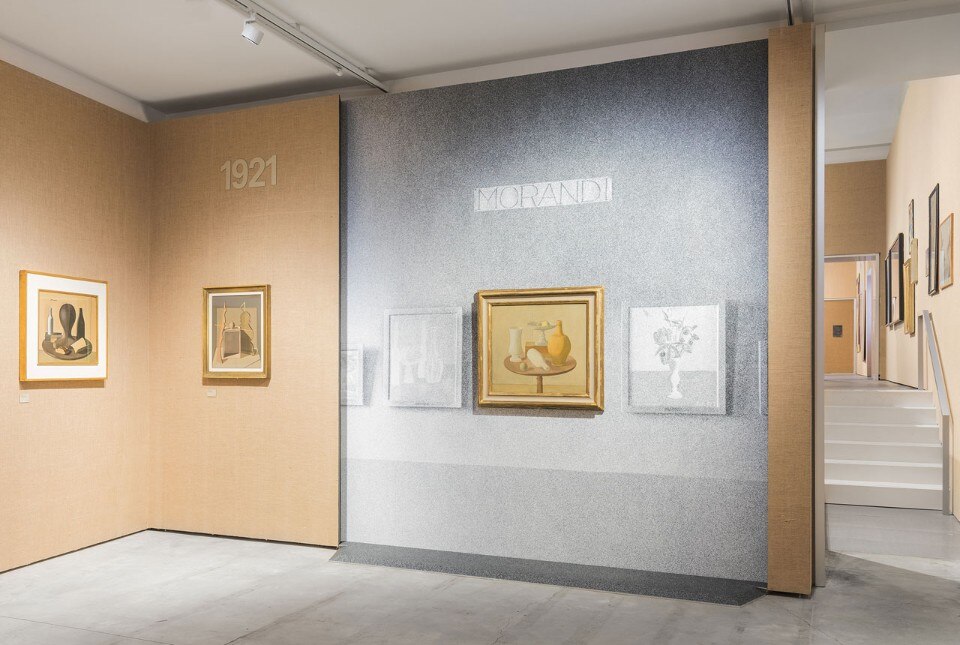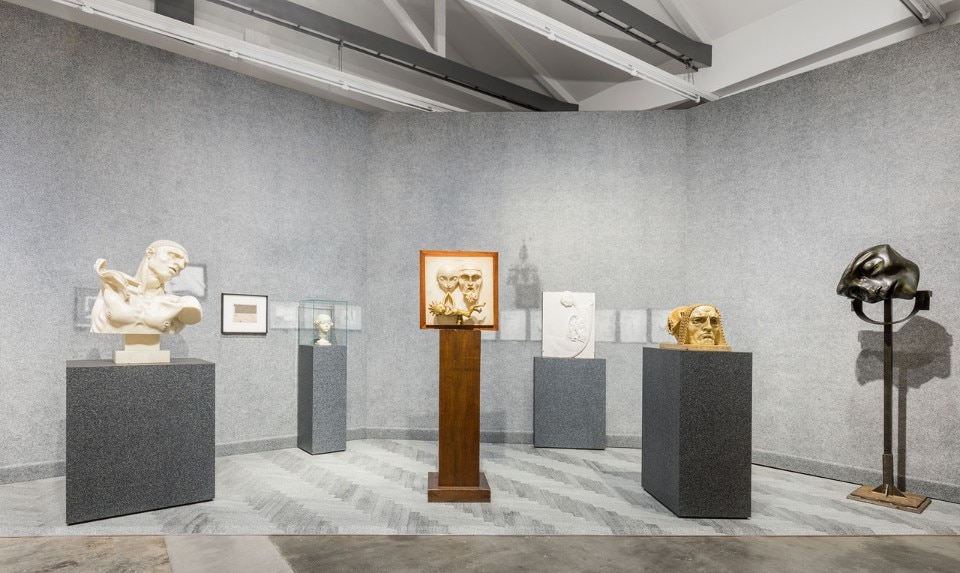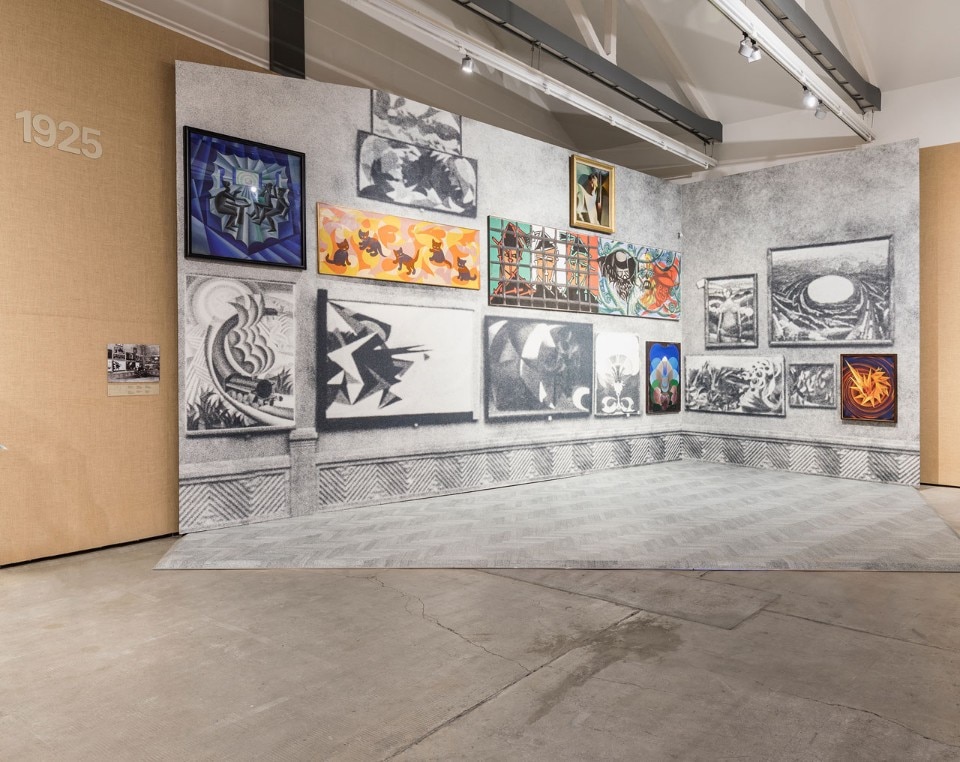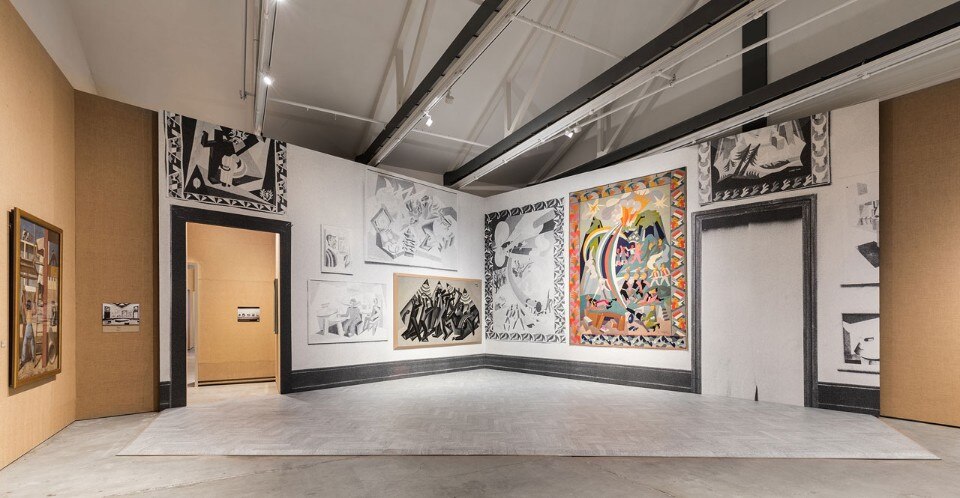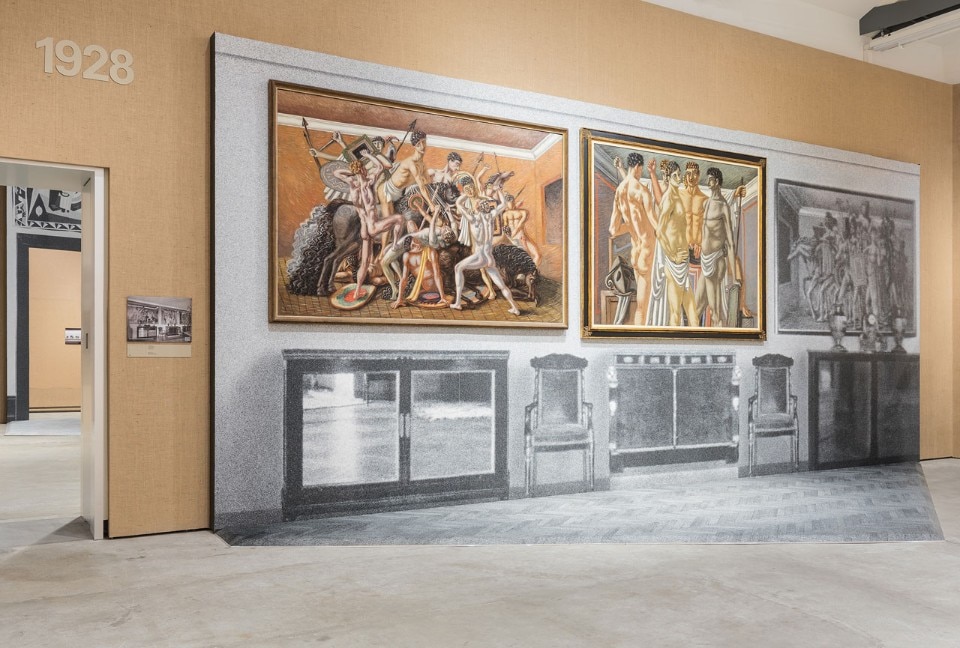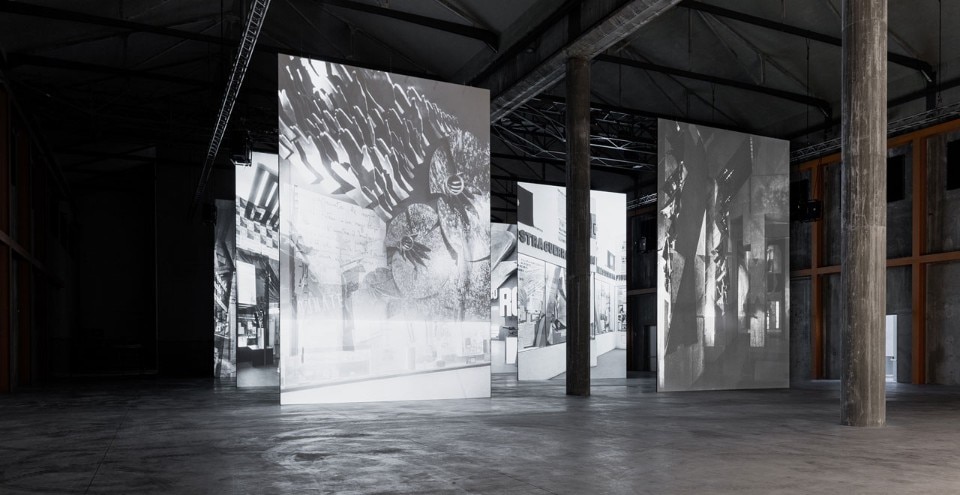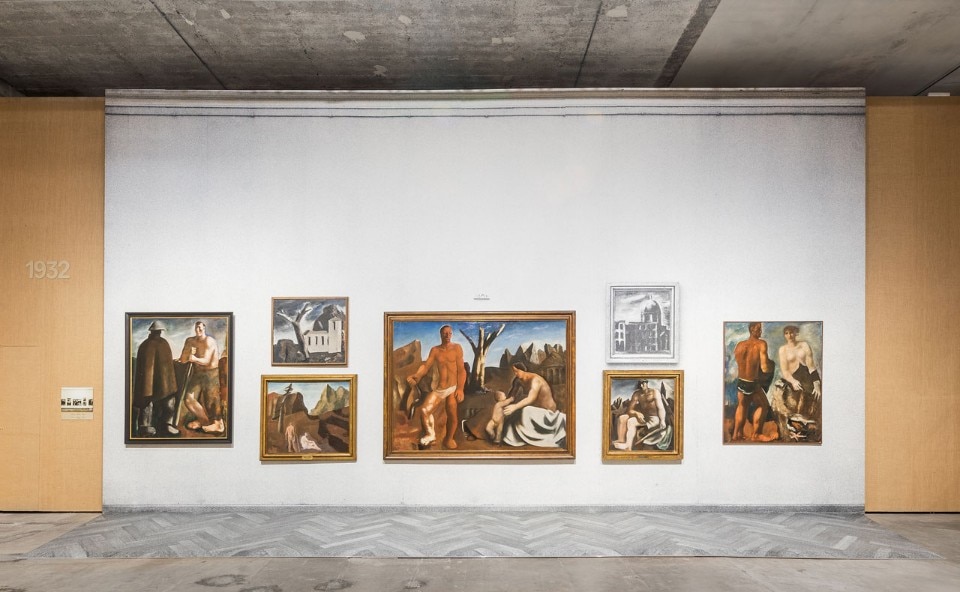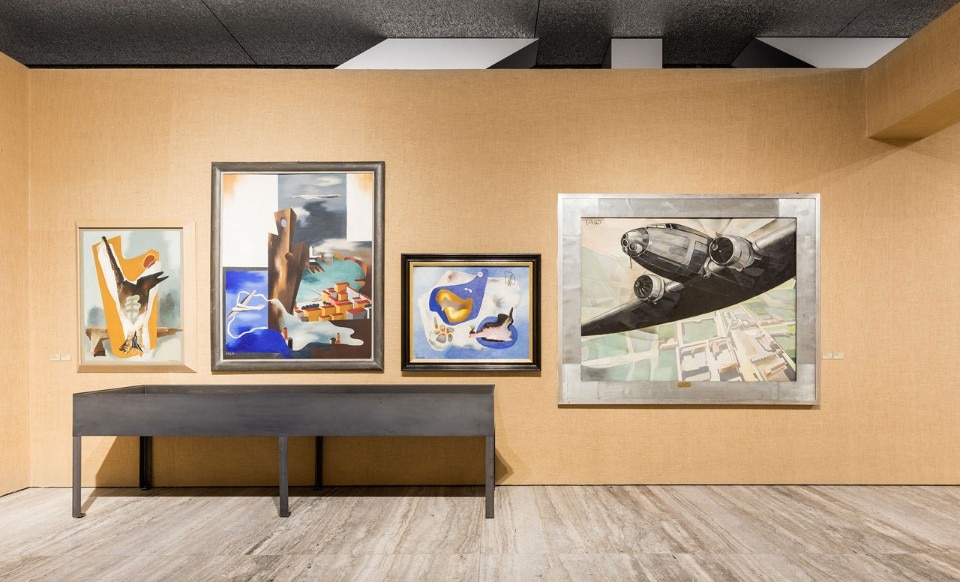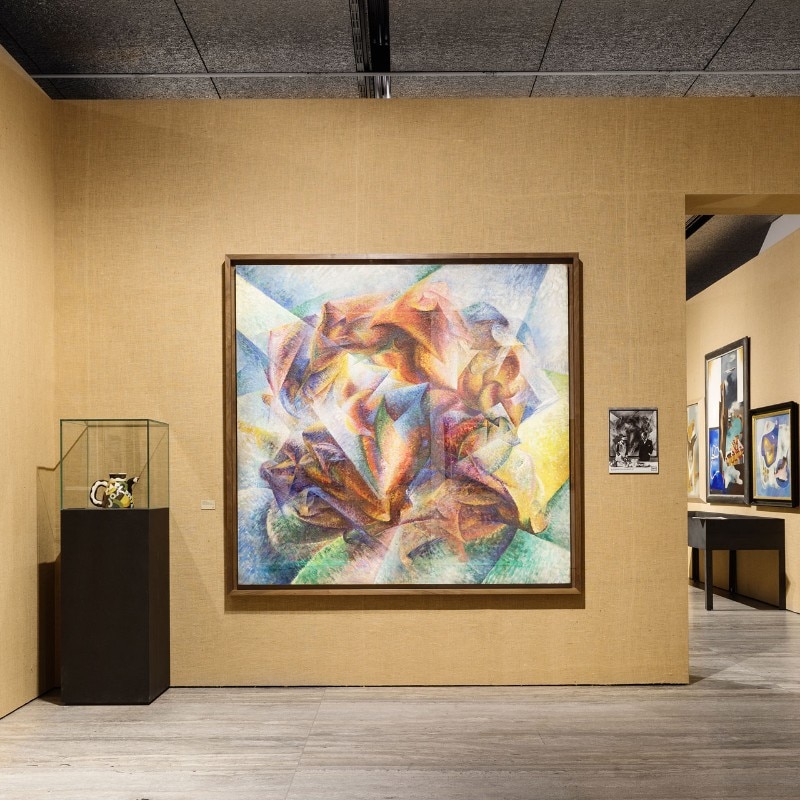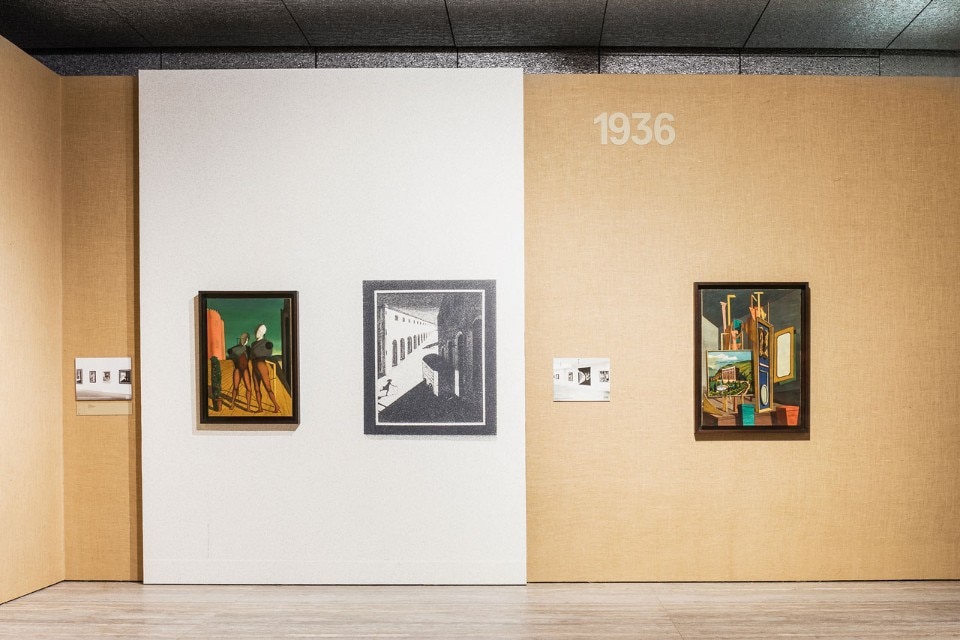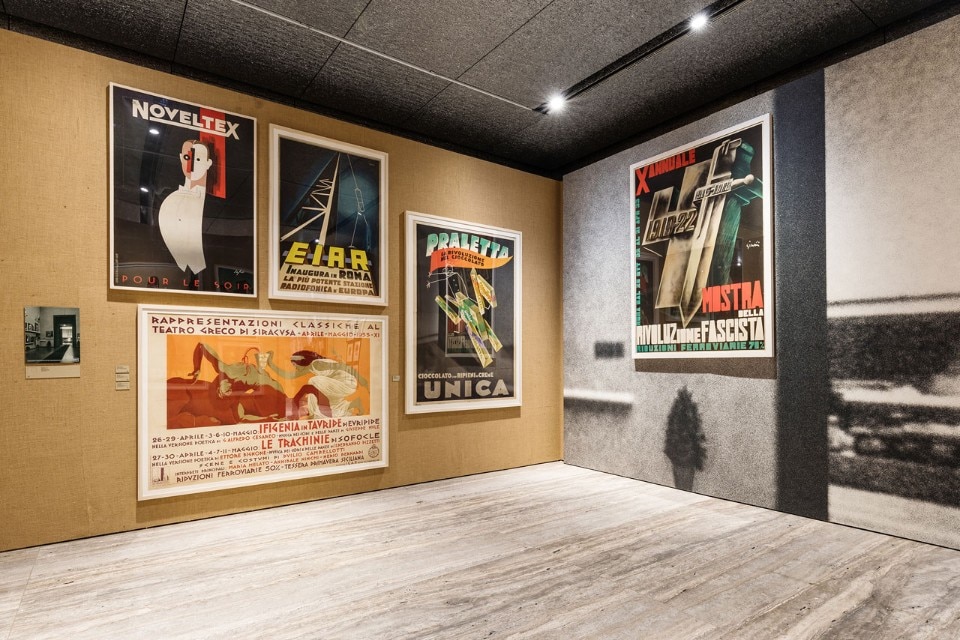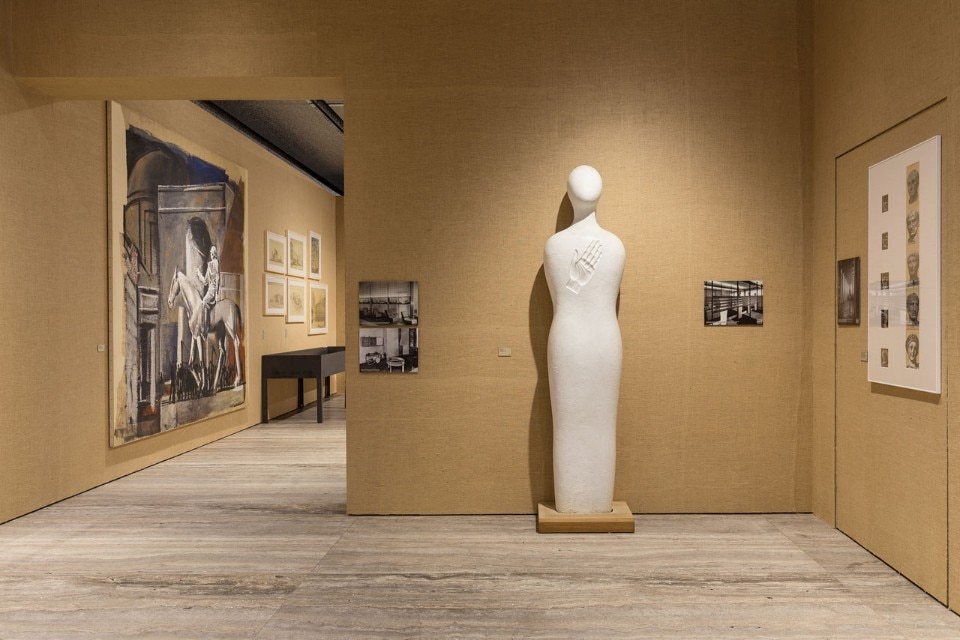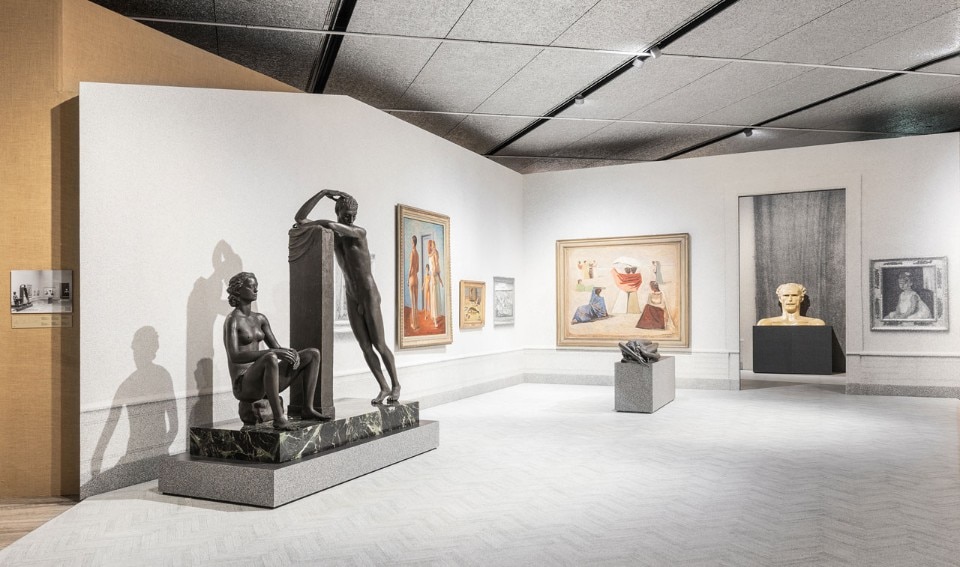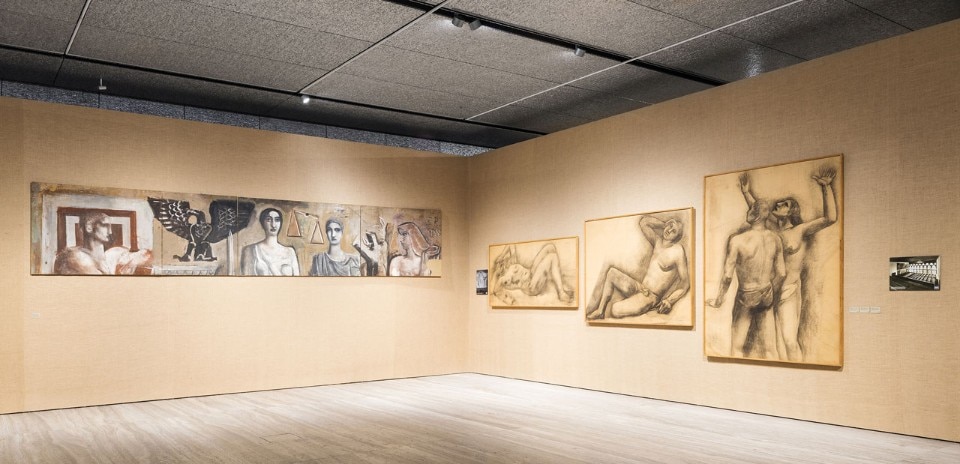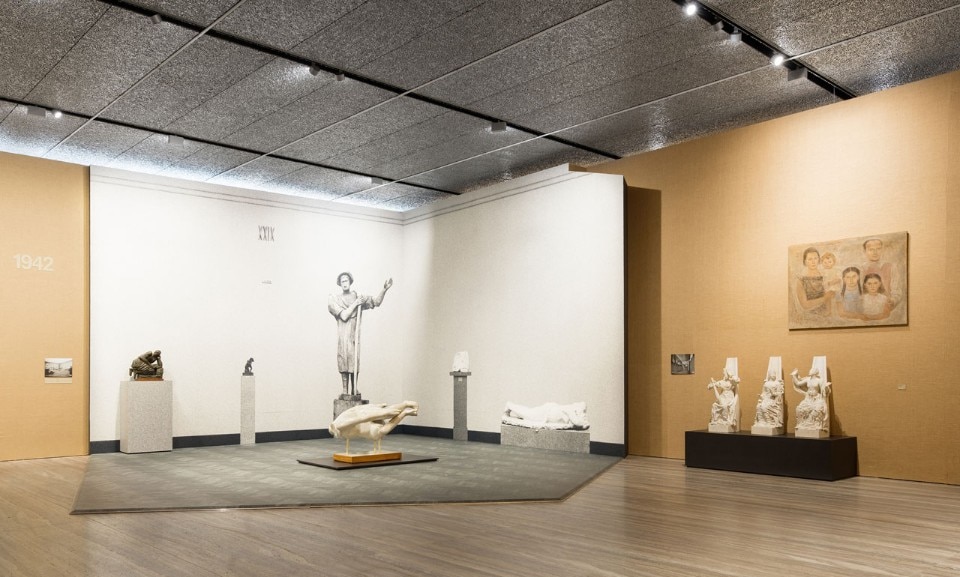“Post Zang Tumb Tuuum” – “post Futurism”, in other words – is the title conceived for the colossal exhibition curated by Germano Celant in the spaces of the Prada Foundation in Milan. This moves from a careful examination of the quarter century between the two world wars to how, more specifically, Italian art, which had known the febrile and innovative energy of Futurism and the international language of Modernism, retranslated its forms and aspirations in the different relationship interpreted by various artists with the dominant cultural and political scene of the period.
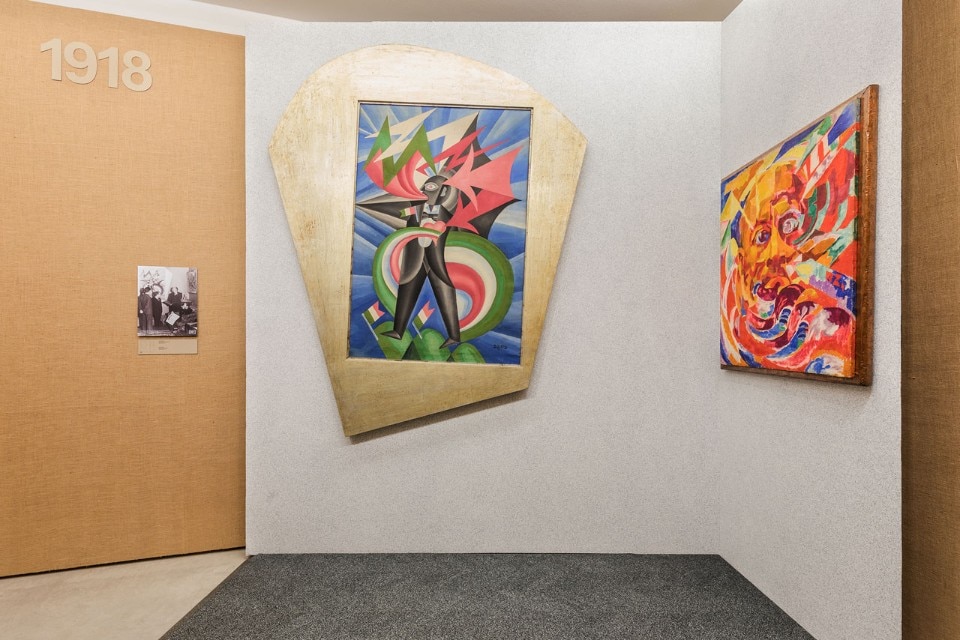
This is a strongly documentary exhibition, made possible by careful historical study. This appears clearly in the impressive work on photographic sources from the time, which also makes up the structural approach of the original, very successful display developed by the 2x4 studio in New York – a far cry from the usual “white cube” setting that has framed exhibitions and museum displays for almost a century. The trompe l’oeil setting here constitutes a crucial basis for understanding the spatial context, the layout and the original placement of fundamental works that structured the most important exhibitions in the Italian art system between the 1920s and the 1930s, between the biennials and exhibitions outside the country. But in addition the rooms making up “Post Zang Tumb Tuuum” have the advantage of creating the conditions necessary for understanding the historical atmosphere being traced, so that visitors can better understand the works on show and prepare themselves for what awaits them at the end of the exhibition route.
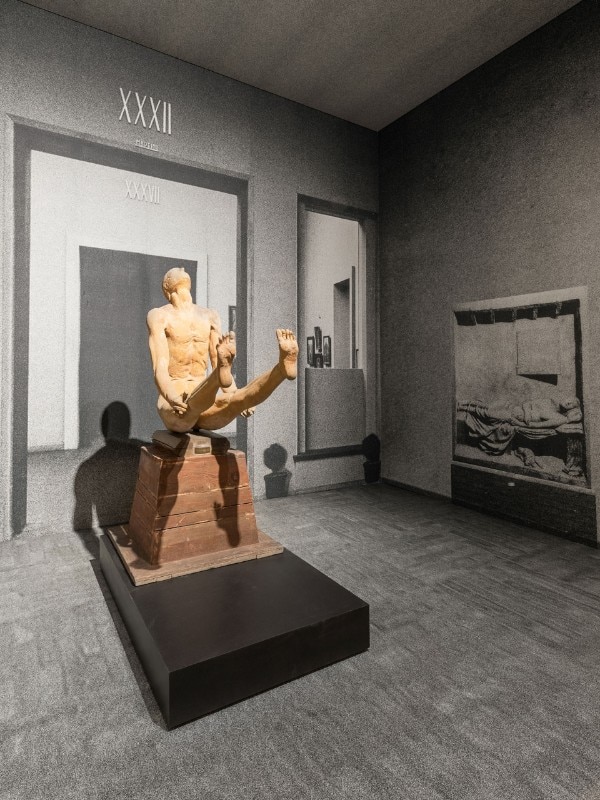
It is impossible to cover the infinite “histories”, life stories and themes. Each could be the starting point for a whole exhibition in itself (with some artists – Adolfo Wildt, for example – the works gathered here almost constitute a standalone exhibition). What the intense plurality of the examples chosen creates is a precise historical landscape – the period between 1918 and 1943, which saw in Italy the crisis of the liberal state and the establishment of fascism, a development reflected in different ways in the relationship between artistic work, the redefinition of the role of the artist and political activism. For Celant, as for all the important names who have participated in the development of the historical and intellectual structure of the exhibition, art is always political, taking shape in a specific historical and social context that is never detached from the balance of power between the state and the individual. Such a political value is not expressed solely in the most obvious cases, in which artists celebrate powerful figures in images (as the many Mussolini texts show throughout the whole exhibition), but also when the absence of conflict and experimentation, and the adherence to certain stylistic traits are expressed in a tacit consensus and conformism to art that is at times beautiful but fundamentally inert.
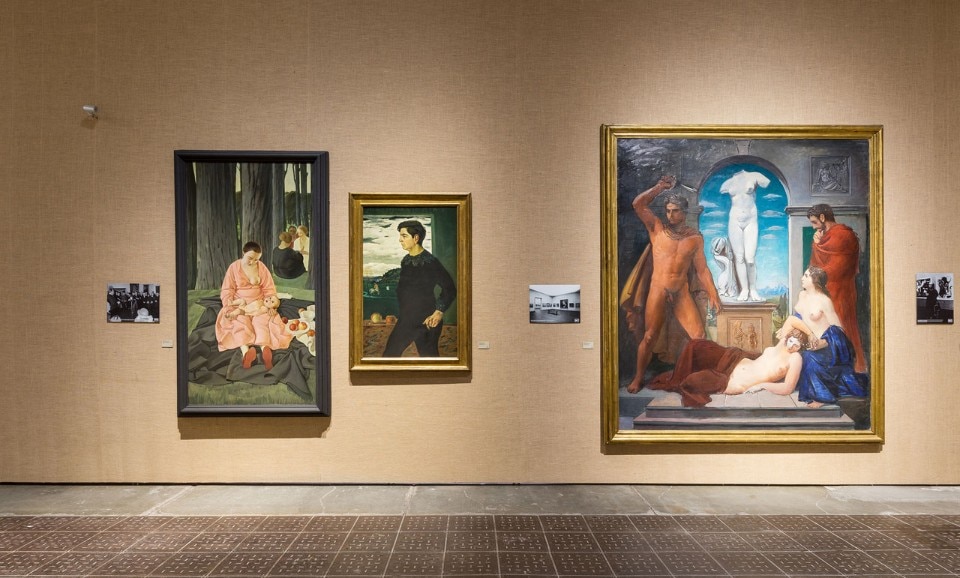
In this way, the febrile and innovative energy of the Futurist avant-garde, which snakes through the whole exhibition, and the international language of Modernism slowly yield to the late-Metaphysical and hazy convolutedness of the paintings of artists such as Carrà, who began to contemplate more intimate, silent and classical aspects of art. Then there is a continual double experience of two dimensions. One is private and bourgeois, investigating through period furniture and paintings of set sizes the complex framework of relationships between artists, galleries, collectors and patrons. The other, more available to the public, invaded large spaces, as captured perfectly by the designs for architecture and monuments on show in the exhibition, which focuses greatest attention on architecture and the definition of new spaces, and in parallel on the renewal of the applied arts. It is precisely this point that is fascinating to note: the multifarious expressions of art, architecture and design, which were thrown together and concentrated in Italy’s twenty-year fascist period, are here not so much testimony to free expression as to the capacity of fascism to assume (contrary to a certain superficial reading) a structural language, one mouldable to the creation of the precise cultural design, which adapted specific models for the elite just as it did for the masses.
At the end of the exhibition, which winds its way through the Foundation’s southern building, the museum scale is abandoned, and yet retained, to recover the atmosphere of the original interiors that housed the accrochage of the works and the feel of the bourgeois interior. This then moves towards a monumental scale with images in black and white projected onto the vertical elements set up in the Deposito. It is the jump in scale in this scrap of space that triggers the disruptive and emotionally destabilising effect that brings home to visitors the historical, social and material consequences of Italy’s fascist period.
“Post Zang Tumb Tuuum” has the merit of not projecting an assertive hypothesis onto the myriad aspects it covers. Instead, it takes a new and heuristic look at the past, in the hope of encouraging deeper political judgements on the threat of similar phenomena in the present. Because of this it perhaps represents one of the most powerful and difficult exhibitions put on to date by the Prada Foundation, or more generally by any private international foundation.
- Exhibition title:
- Post Zang Tumb Tuuum. Art Life Politics: Italia 1918-1943
- Opening dates:
- 18 February – 25 June 2018
- Venue:
- Fondazione Prada
- Address:
- Largo Isarco 2, Milan
- Curator:
- Germano Celant


